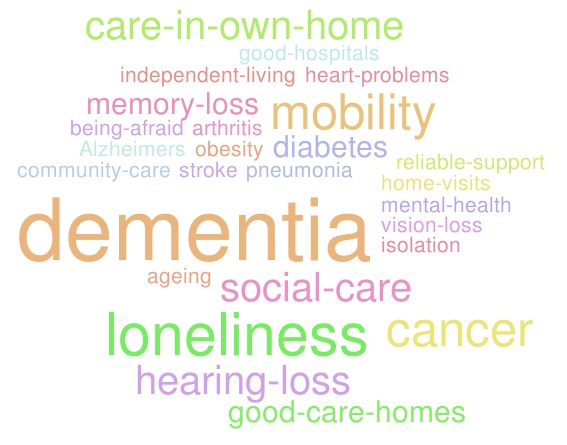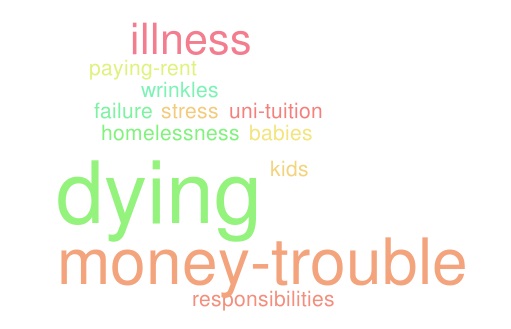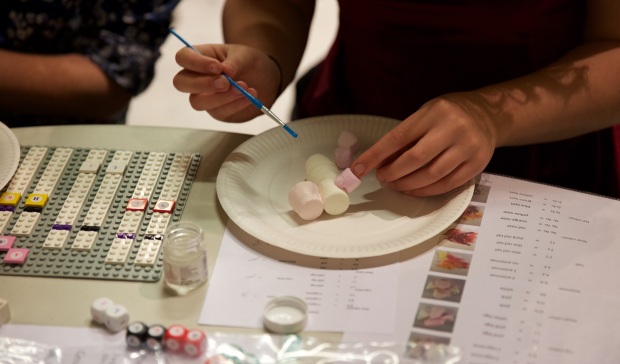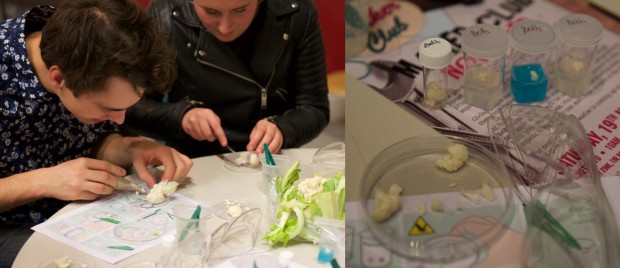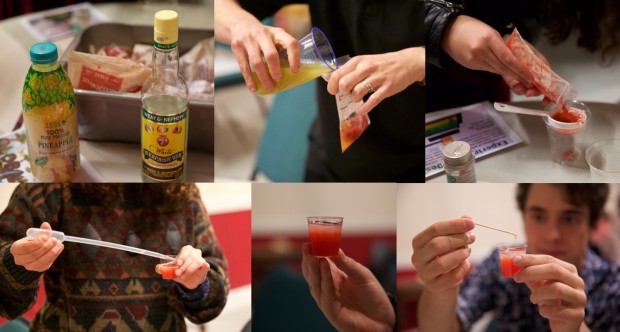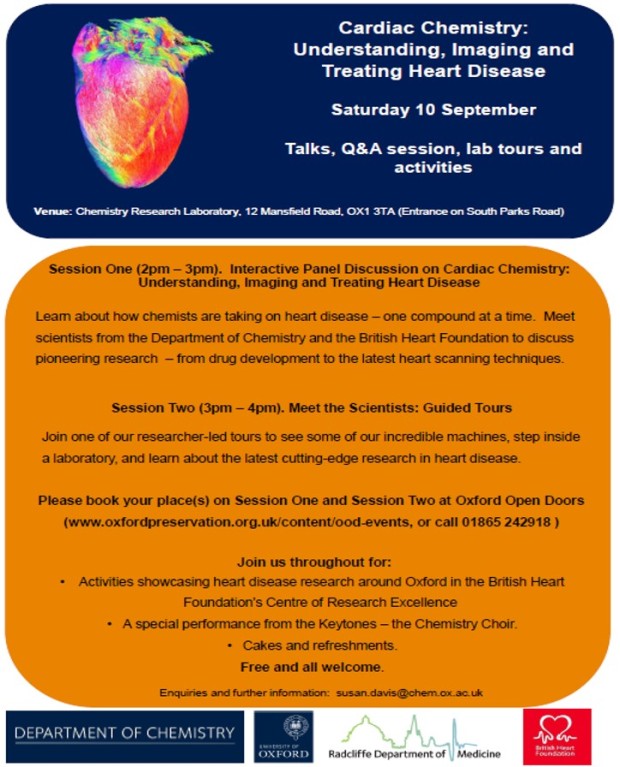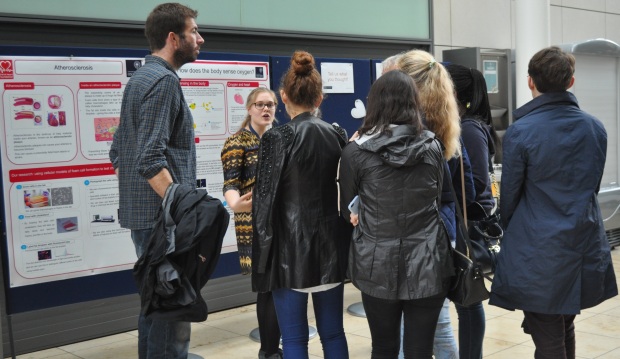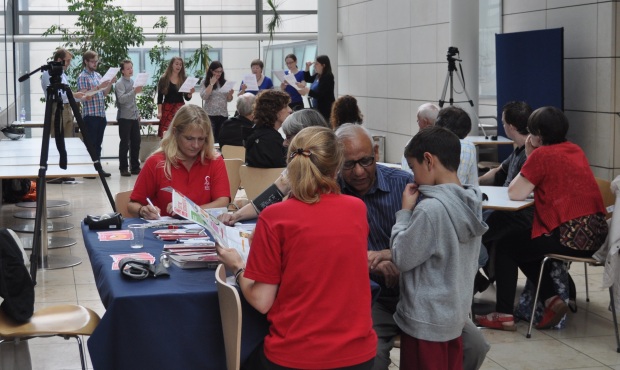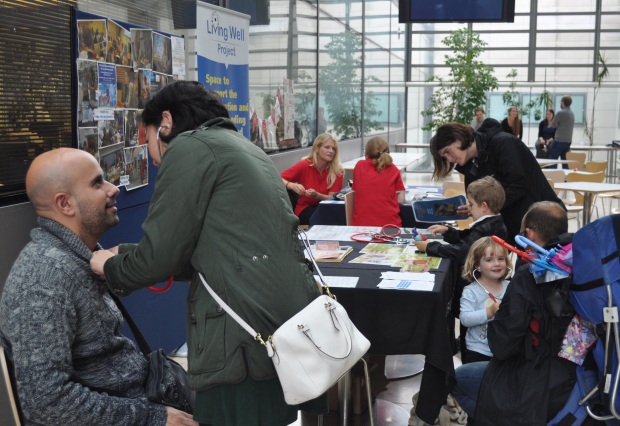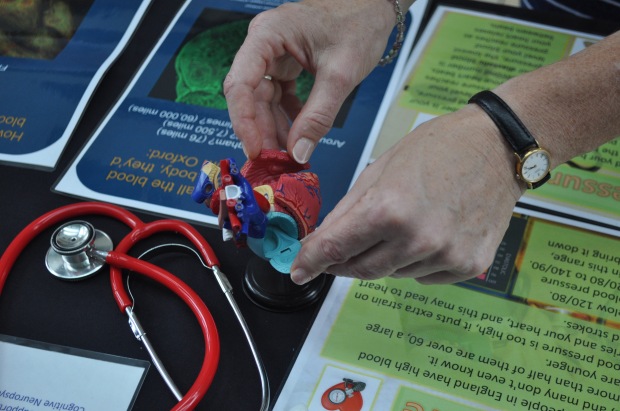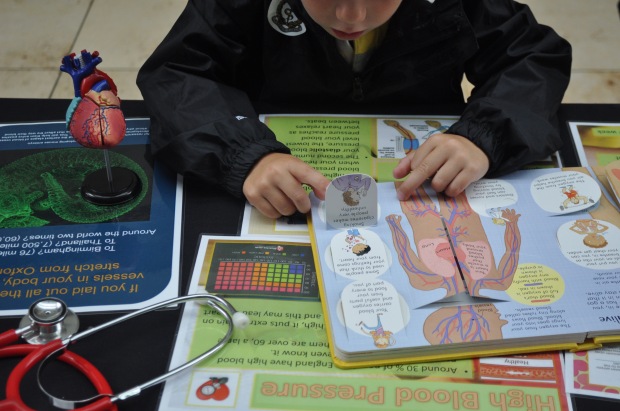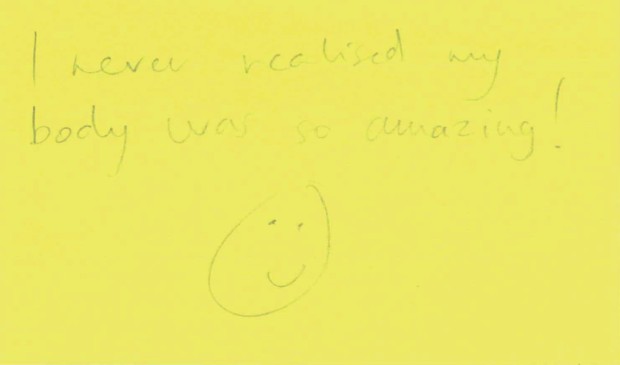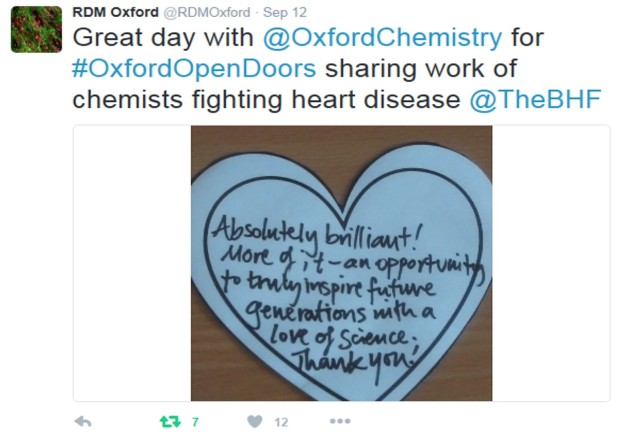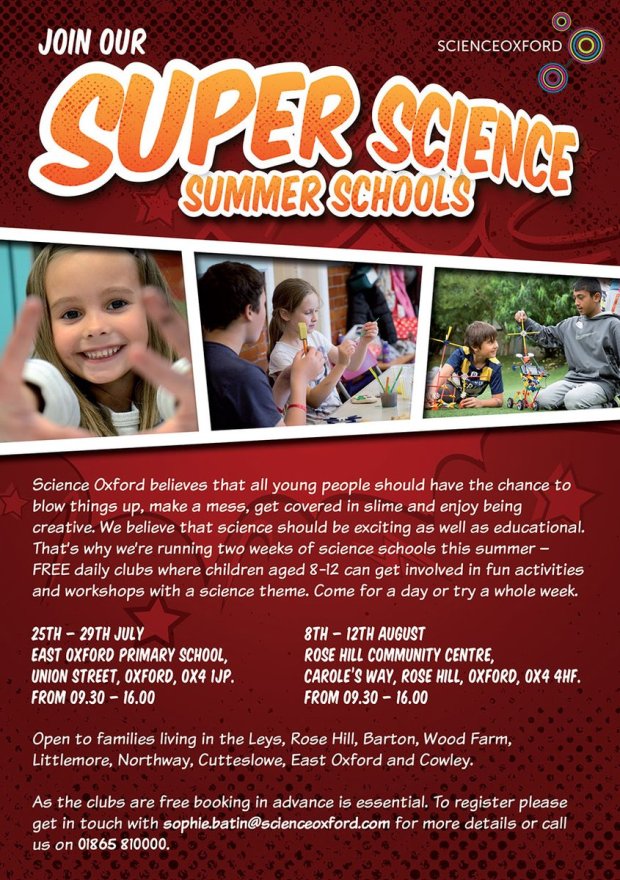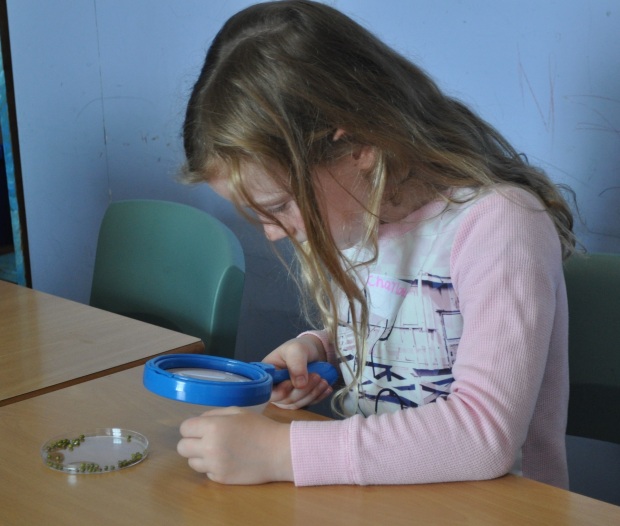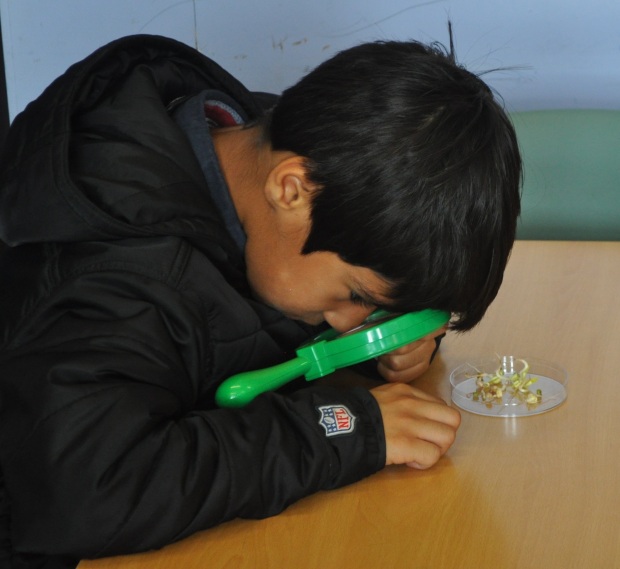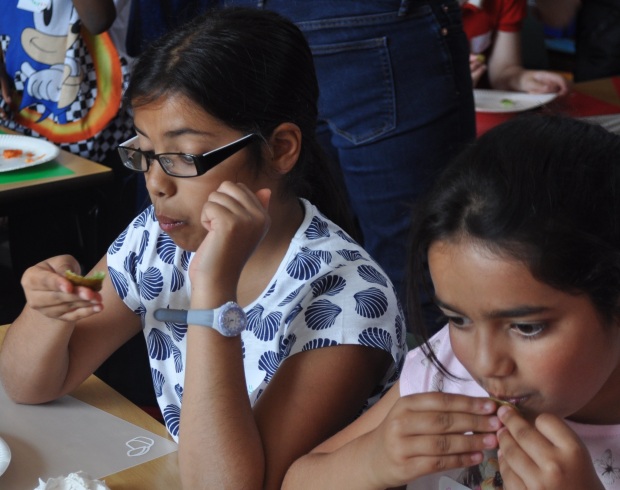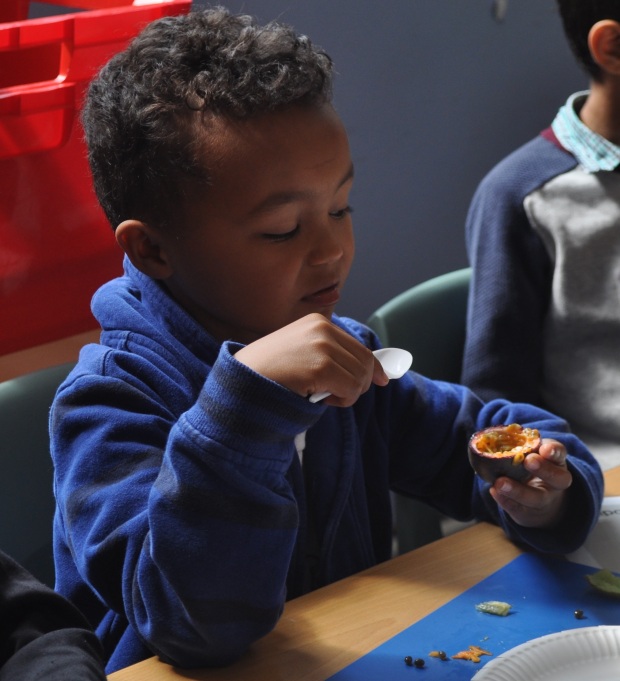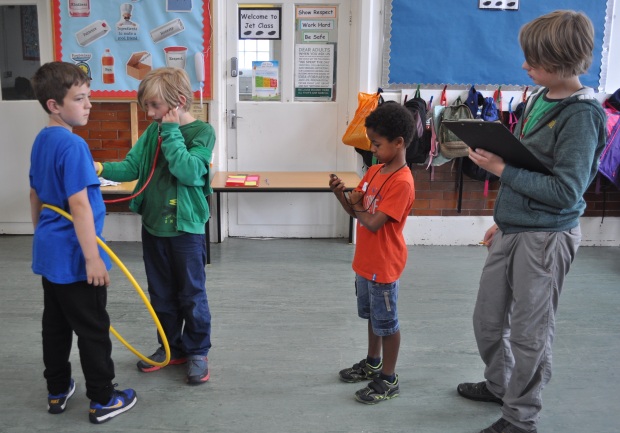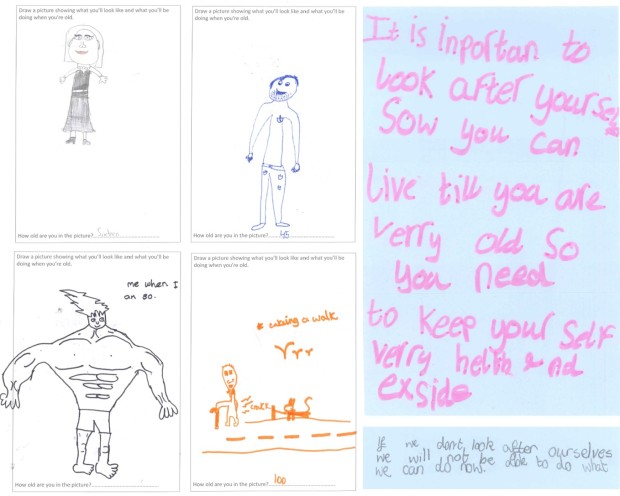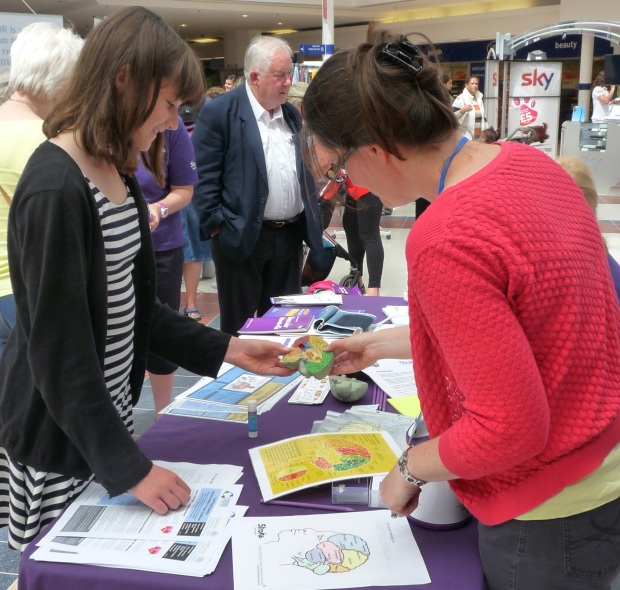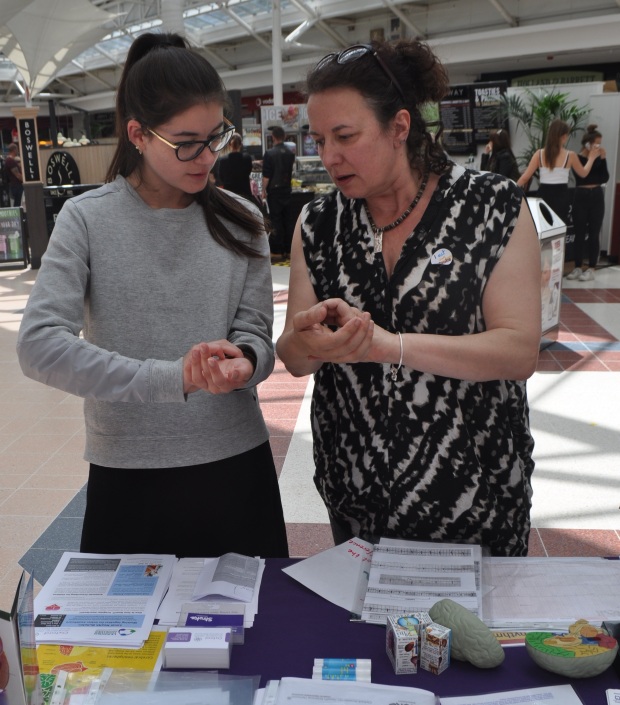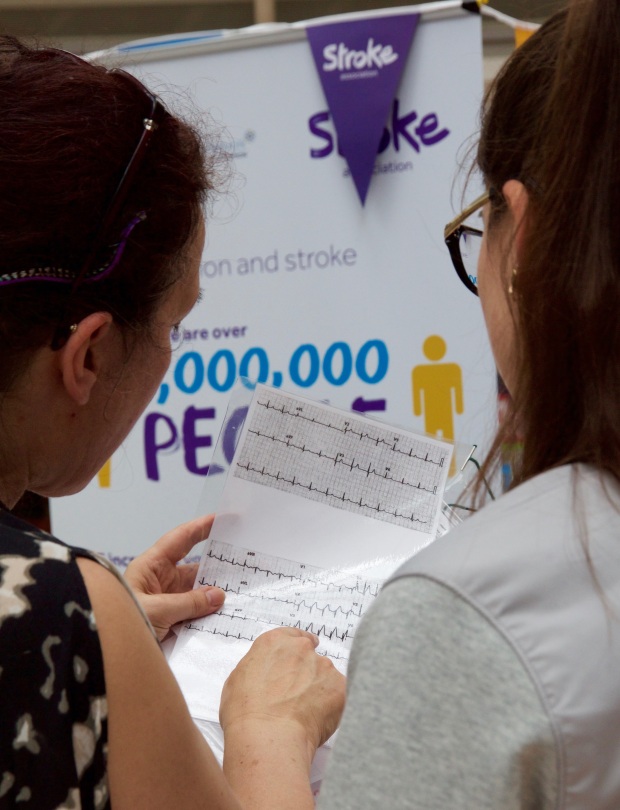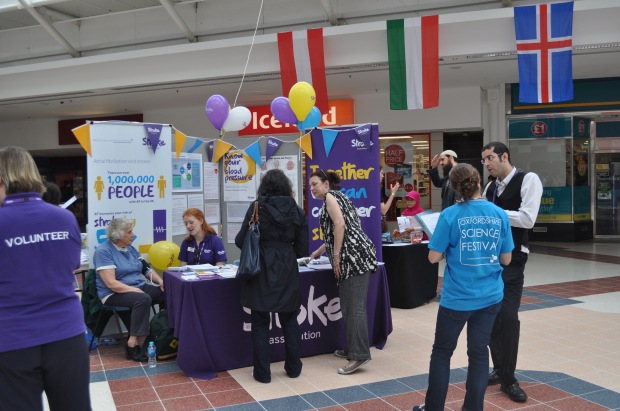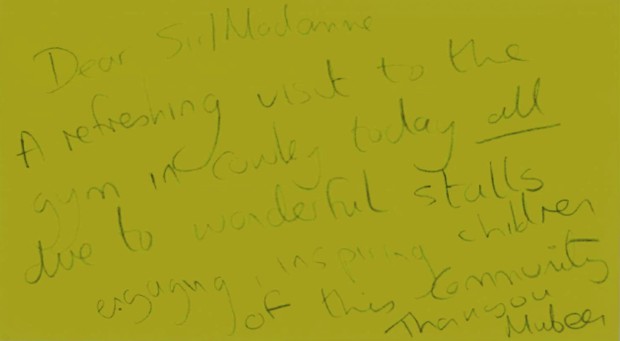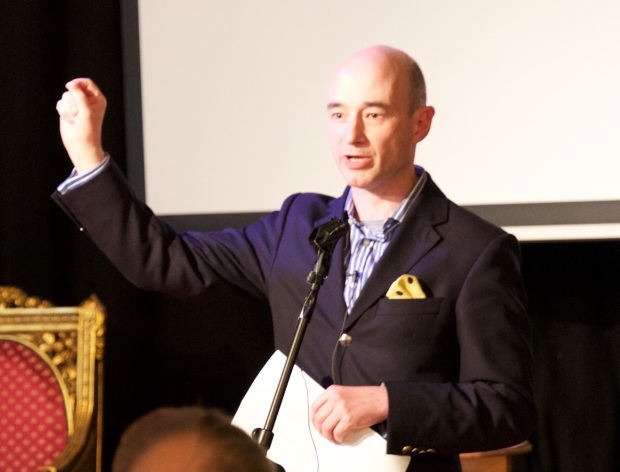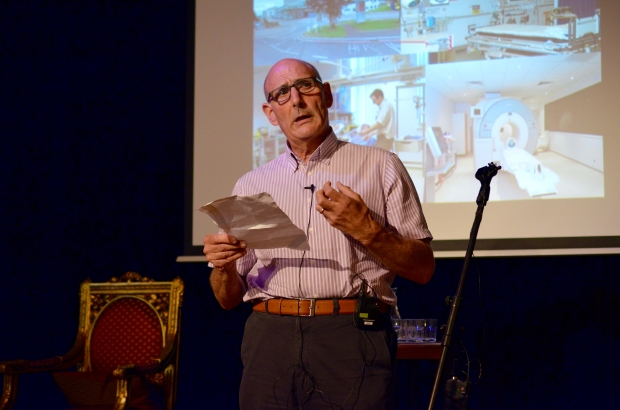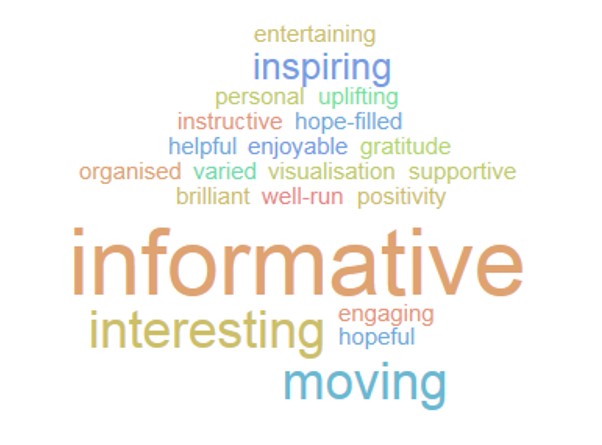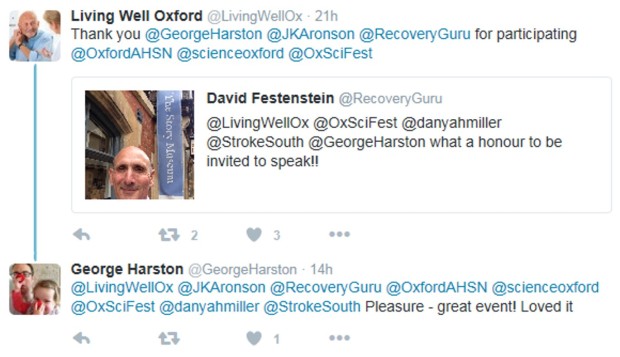Date: Monday 16th January 2017
Venue: Clockhouse, Long Ground, Greater Leys Oxford, OX4 7FX
At the beginning of last week Living Well Oxford visited the Clockhouse Project in Greater Leys (http://www.leyscdi.co.uk/what-is-clockhouse/). The Clockhouse Project is part of the Leys Community Development Initiative (Leys CDI), and is run with, and for, local over-50s living in and near the Leys. As we are interested in gathering local views about our forthcoming Ageing: From Birth and Beyond “pop-up shop” in Templars Square Shopping Centre, a consultation with the members of the Clockhouse Project was an opportunity not to be missed.
Our “pop-up shop” of activities and information themed around ageing and dementia will open in Templars Square from 15th – 21st May, to tie in with Dementia Awareness Week. We have researchers from the University of Oxford and Oxford Brookes coming along to present their latest research in a fun an accessible way for the public, and will also have local charities and other organisations there to provide practical information and signposting.
The visit to the Clockhouse Project provided a forum for us to find out what the members think about our project, and to gather some ideas to help us develop it in the most appealing way for the Templars Square audience. Our session was part of the bring-and-share welcome lunch for new members, so we were able to chat with the members in an informal way over lunch and a cup of tea.
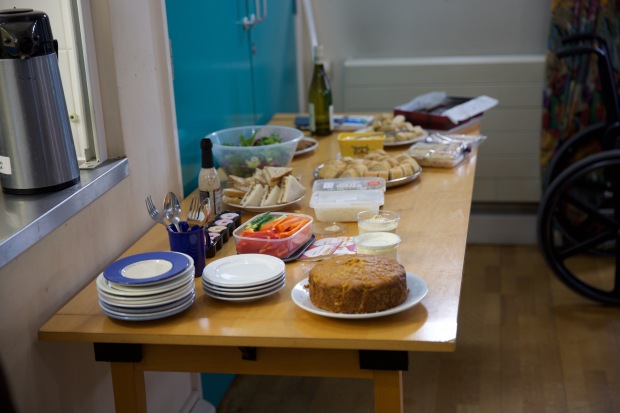
All the members we spoke are visitors to Templars Square, with the frequency of their visits ranging from a few times a week to only occasionally. We discussed which parts of the centre they visit most, which will help inform our marketing strategy nearer the time. Two of the group members mentioned visiting the monthly Age UK information stand(http://www.ageuk.org.uk/oxfordshire/community-information-network/oxford-city/), indicating that there is an audience for the kinds of information we’ll have at the “pop-up shop”.
We then moved on to discuss the group members’ thoughts on medical research. They were broadly supportive of medical research, but weren’t sure about getting involved in it. We know that some of the researchers coming along to the “pop-up shop” are interested in discussing the importance of public involvement in research to combat neurodegenerative diseases such as Alzheimer’s. So it is important that we feedback these community conversations to the researchers, to enable them to prepare appropriate materials to help them talk about their work with this public audience.
In terms of ageing-related health conditions, those that the group were most interested to learn more about included dementia, diabetes and stroke. The range of medical research conducted in Oxford is broad, so we hope to be able to invite researchers who work on the various conditions mentioned by the group.
We then moved on to talk about the different kinds of activities we should include. The group members said they would be interested in talking to experts at the “pop-up shop”, but a few expressed concern that one-to-one conversations could take up too much of experts’ time. Public engagement is an integral part of University research, and this is something we can emphasise in the “pop-up shop”.
One group member suggested having a singing group. This is something we’d like to explore, as we feel entertainment could be a good draw to bring people to the event. We also asked how they would prefer to tell us what they think of the “pop-up shop” (i.e. provide feedback), to make sure that we include appropriate methods in our evaluation of the event.
Our session at the Clockhouse Project was very interesting, and we enjoyed gathering the views of the group’s members. We look forward to taking these ideas forward, and will share project updates as the plans develop, so watch this space!


